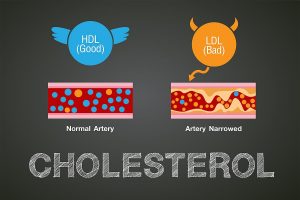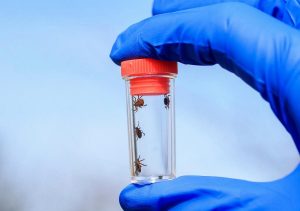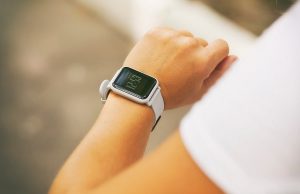Maybe you’ve seen a cartoon character shake their head back and forth following a sharp blow — clearing away whatever stars or birds are circling their noggins.
Turns out, that same move might help coaches and physical trainers identify a concussion that’s occurred on the field.
About 72% of athletes — and 92% of football players — said they’ve quickly shaken their head back and forth following a concussion, researchers report.
These SHAAKEs — Spontaneous Headshake After a Kinematic Event — might help identify up to 33% of concussions that might otherwise be missed, researchers argued.
“Sports and medical organizations should immediately add SHAAKE to their lists of potential concussion signs,” said researcher Chris Nowinski, co-founder of the Concussion Legacy Foundation.
“Coaches, medical professionals and concussion spotters should be trained to recognize when a SHAAKE happens and remove athletes for further assessment,” Nowinski added. “It’s an easy change, with no downside, that could prevent catastrophic outcomes and save careers.”
A SHAAKE occurs within seconds or minutes of an impact, researchers said.
People shake their heads side to side two to eight times a second, typically for less than two seconds, and they aren’t trying to communicate non-verbally with someone else.
Nowinski recognized SHAAKE as a potential concussion sign after Miami Dolphins quarterback Tua Tagovailoa suffered a controversial undiagnosed concussion during a game on Sept. 25, 2022.
Tagovailoa rapidly shook his head side to side two separate times after his head hit the ground during a play. He then stumbled and collapsed.
Doctors on the field attributed the collapse to a prior back injury, so Tagovailoa wasn’t diagnosed with a concussion. The quarterback lost consciousness in another game just days later following a suspected second concussion, and was removed from the field on a stretcher.
For the study, nearly 350 current and former athletes ages 18 to 29 were surveyed. They were shown video examples of a SHAAKE and asked about their experiences with them.
Nearly 7 in 10 (69%) said they’d performed a SHAAKE, with 93% reporting a SHAAKE in association with concussion at least once.
“In the athletes we studied, about three out of every four SHAAKEs happened because of a concussion,” said senior researcher Dr. Dan Daneshvar, co-chair of sports concussion at Mass General Brigham.
“Based on our data, SHAAKE is a reliable signal that a concussion may have occurred, like an athlete clutching their head after contact, being slow to get up, or losing their balance,” Dansehvar added. “Just like after these other concussion signs, if athletes exhibit a SHAAKE, they should be removed from play and evaluated for a potential concussion.”
Athletes said they most commonly shook their heads following a concussion due to:
-
“Disorientation or confusion” (25%)
-
“A feeling like you needed to jumpstart your brain” (23%)
-
“Changes to your perception of space or perception of your body in space.” (14%)
Other reasons for shaking the head after a concussion included headache, dizziness, inability to maintain train of thought, and changes to vision, hearing or balance.
“Studies consistently show that an unacceptably high number of their concussions are not voluntarily reported by athletes, either because they don’t realize they have a concussion or because, in the heat of the moment, they don’t want to be removed from the game,” researcher Dr. Robert Cantu, medical director of the Concussion Legacy Foundation, said in a foundation news release. “It is critical we take every potential concussion sign seriously to ensure the health and well-being of athletes.”
The new study was published Oct. 23 in the journal Diagnostics.
More information
The U.S. Centers for Disease Control and Prevention has more on concussion.
SOURCE: Concussion Legacy Foundation, news release, Oct. 23, 2024
Copyright © 2025 HealthDay. All rights reserved.

























